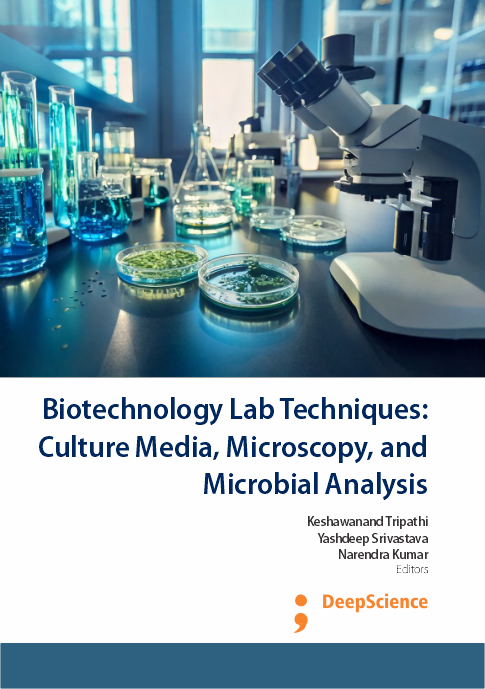Quantification of leaf chlorophyll content: Spectrophotometric estimation and physiological implications
Synopsis
Chlorophyll, a green pigment found in plants and algae, is crucial for photosynthesis, converting light energy into chemical energy (Arnon, 1949). Quantifying chlorophyll content is essential for research in plant physiology, ecology, agriculture, and environmental monitoring. Spectrophotometric techniques are widely used due to their accuracy, sensitivity, and versatility (Harborne, 1998). They involve extracting chlorophyll pigments from leaf samples using organic solvents, determining their absorbance values at specific wavelengths. These methods offer high sensitivity, rapid analysis, and the ability to process large samples simultaneously. They are non-destructive, allowing repeated measurements on the same sample over time (Lichtenthaler, 1987; Tripathi et al., 2013a.b).














